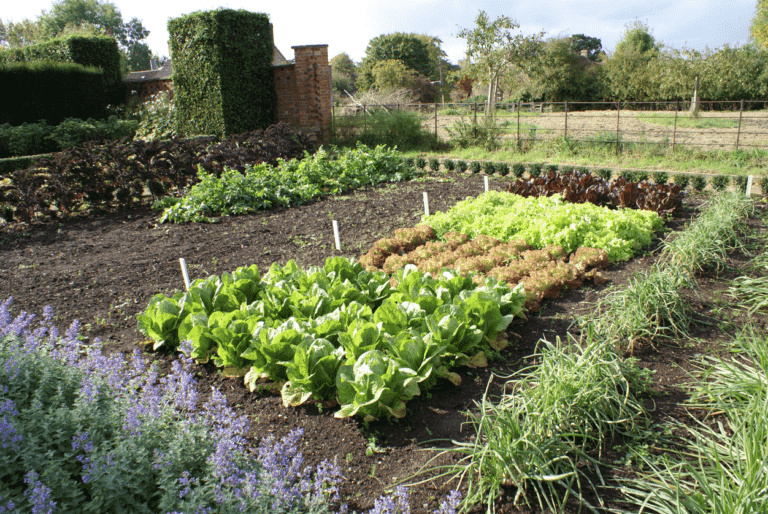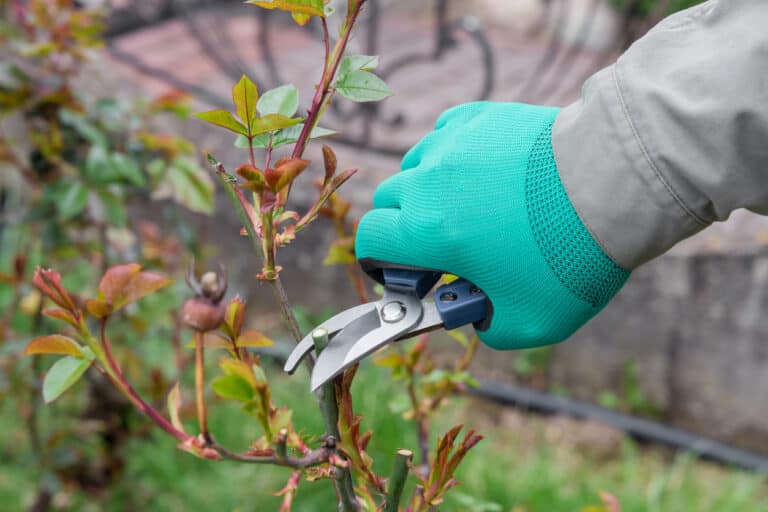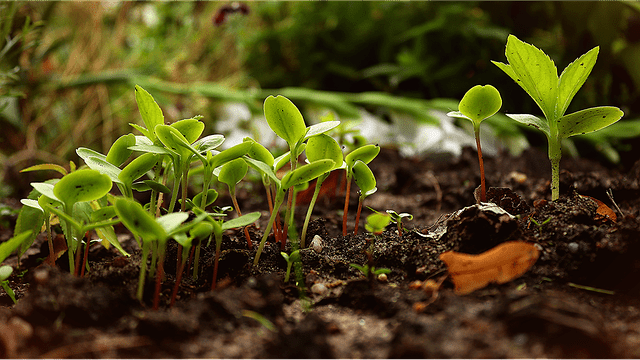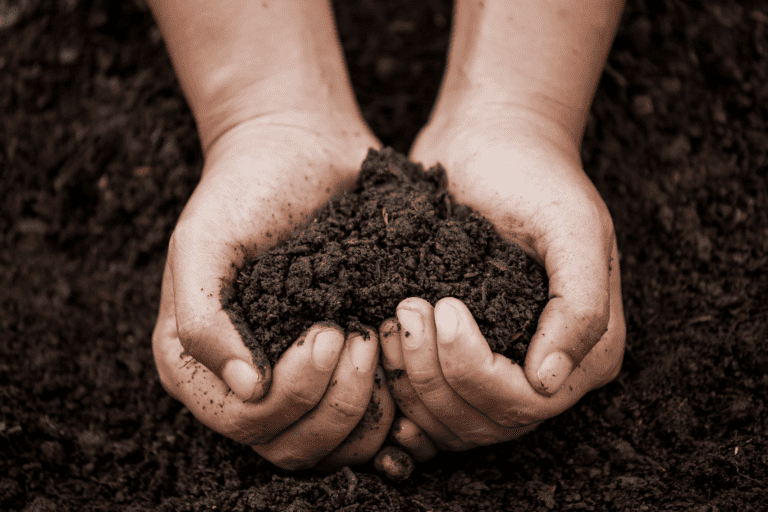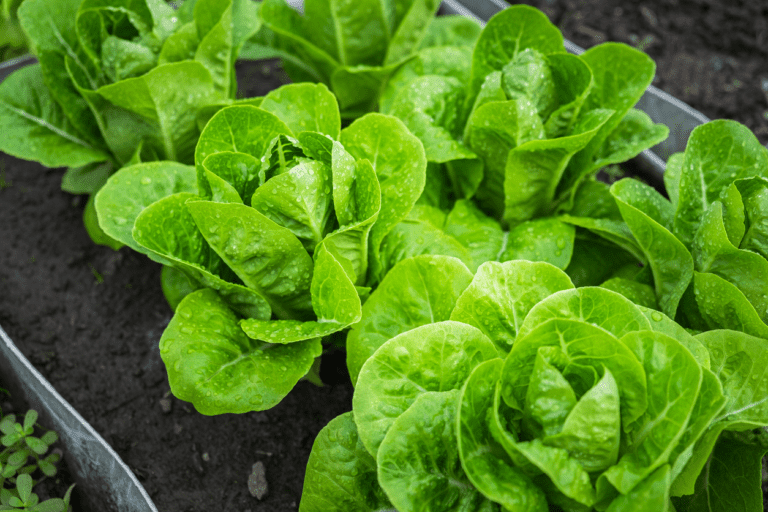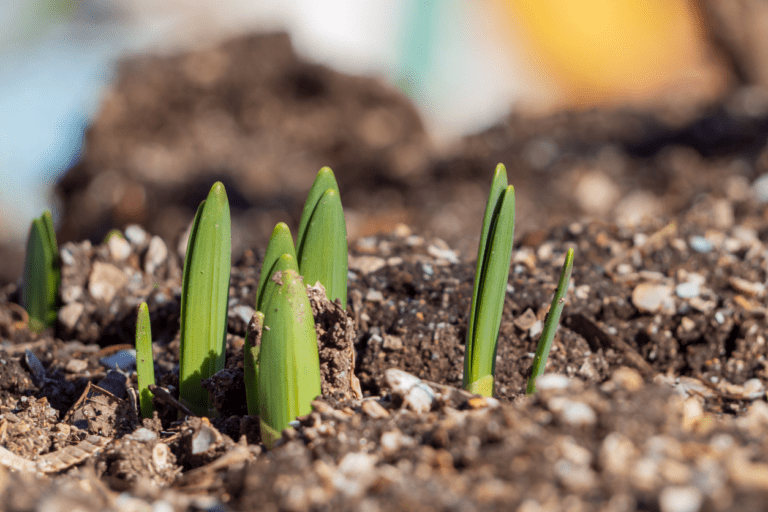The 11 best mulch for a vegetable garden
Choosing the right type of mulch for your plants is essential. In this article, I’ve collected 11 organic mulches for you and my top 3 choices for different situations.
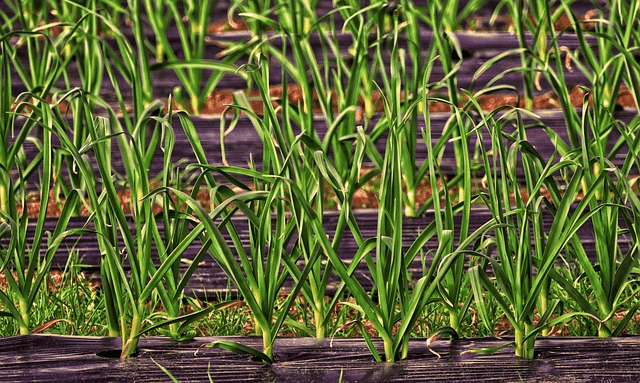
Having a nutrient-dense, thriving vegetable garden starts with your soil. Mulching is a simple but effective way to improve your garden soil in many areas. Mulching is a technique of covering the soil surface with some (preferably organic) material. This layer helps your soil by not letting it dry out, regulating its temperature, and reducing soil erosion. It can help suppress weed seeds and add nutrients to your soil.
In this article, we won’t talk about inorganic mulches such as landscape fabric or plastic mulches. In most home vegetable gardens, it makes more sense to use organic mulches. Since organic mulches decompose over time, improving soil quality. Inorganic mulches are mainly used for big-scale agriculture.
What is the best mulch for a vegetable garden?
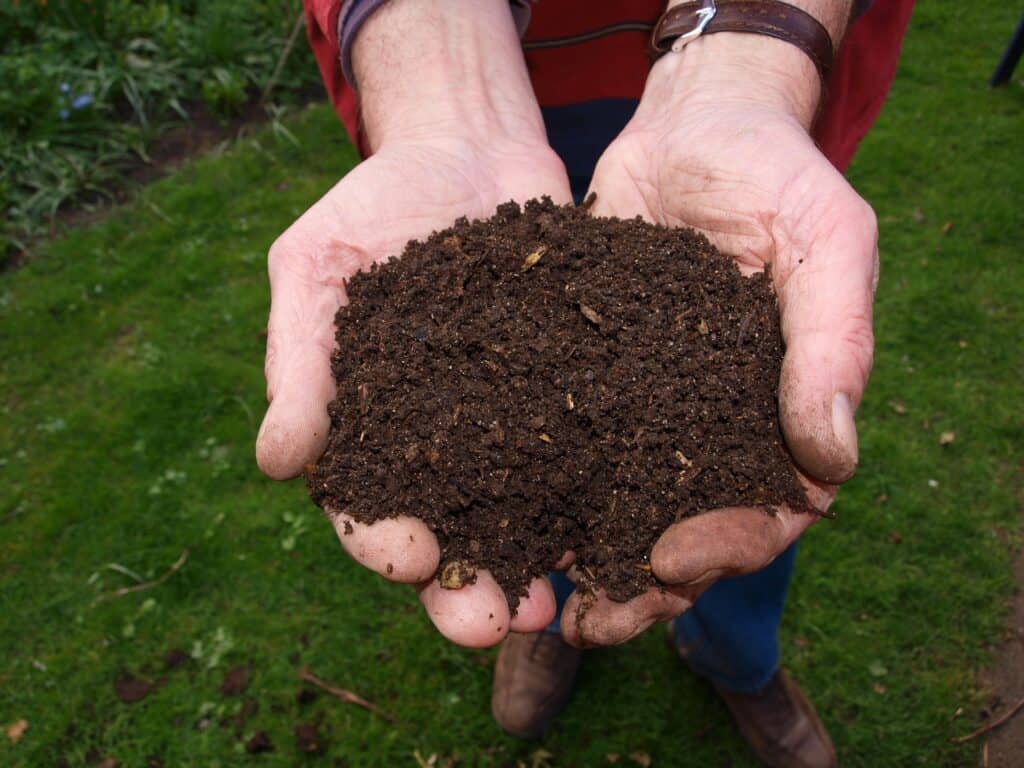
1. Compost
Compost is a popular and very effective type of mulch for vegetable gardens. Compost is created by putting together certain organic materials, like animal manure, green waste, leaves, grass clippings, and kitchen scraps. Any material which was alive before and not processed. Over time these components decompose and blend, creating this organic matter called compost. The result is a nutrient-rich substance full of biological activity, such as fungi, beneficial bacteria, microbes, and nematodes.
Compost as a mulch provides a slow-releasing nutrient bank from which your plant’s roots can feed during the growing season. To use compost as mulch, apply a minimum of a 1-inch thick layer, preferably at the end of your growing season or before the next one. If you missed this time frame, don’t worry, you can always sprinkle it around your plants, but don’t cover the stems or the leaves.
2. Straw
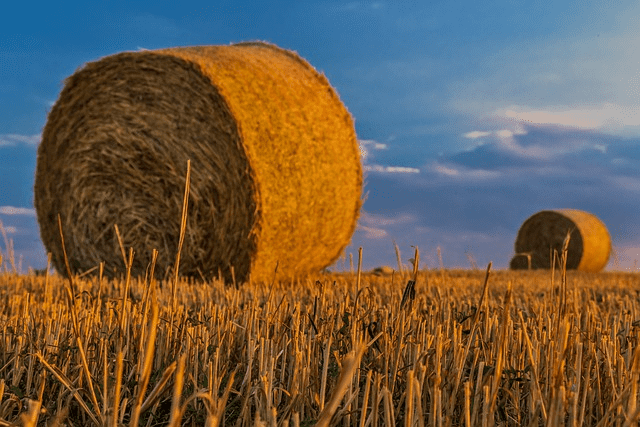
Straw mulch is made from the dried stalks of grain crops. It’s an affordable and easily accessible type of mulch for most regions. Mulching your vegetable garden with straw is a good idea, especially if your climate is hot and dry. Because it has a light color, it reflects the sun and helps regulate your soil temperature. Note that the same is true in the springtime, so in late winter, or early spring, it can make sense to uncover your soil to let it warm up and speed up the start of the season.
3. Hay
Hay is another popular type of mulch for vegetable gardens. Like straw, hay is also made from dried grasses. The difference is that it’s the stamp and the head of the grass. This means it can contain weed seeds. If you have a trusted source who doesn’t use any herbicide or pesticide, hay or straw can be a good pick for your veggie garden.
4. Wood Chips
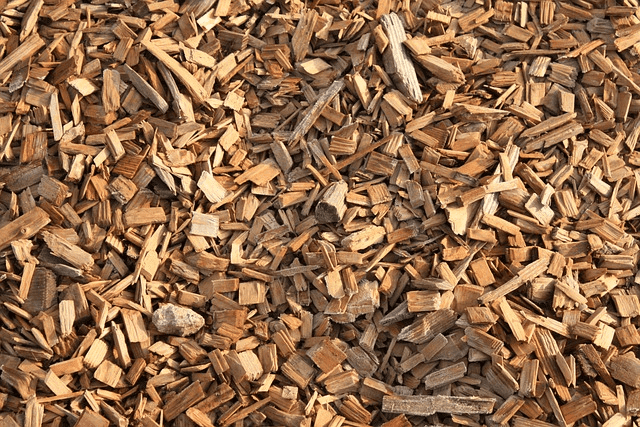
Wood chip mulch is made from tree branches, and trunks chipped to small pieces. The accessibility of wood chips can vary between regions. If you want free woodchips, check https://getchipdrop.com/. It can be a little overwhelming in quantity, but if you have the space for it, definitely worth the shot.
In vegetable gardens, wood chip or bark mulch must be used cautiously. The size of the wood pieces in the mulch can vary based on the machine that created them. Generally speaking, for your vegetables, the best is if you can find wood chips containing as small particles as possible. Even the smallest-sized wood chips tend to break down much slower than other organic mulches mentioned in this article. It can be great for tomato plants or other more giant vegetables, but it might be incremental for smaller, delicate veggies.
Wood chip mulch can be the perfect choice for your paths, especially if you live in a climate with too much moisture. It can act as a sponge and absorb an insane amount of water, preventing your pathways from becoming muddy. Also, wood chips can prevent soil compaction so that plant roots can grow freely.
5. Shredded Leaves
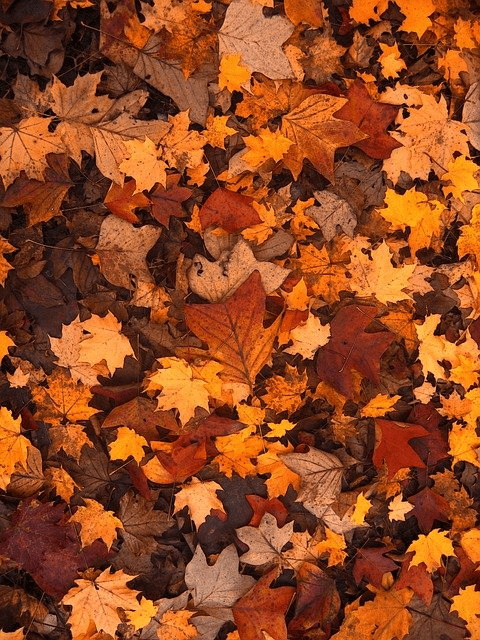
Shredded leaves are readily available for almost any gardener. This is a very cost-effective organic mulch. Ensure you collect leaves from trees that haven’t been chemically sprayed.
Going over on a pile of leaves with a lawn-mover creates the perfect leaf mulch for a vegetable garden. You can apply this to your garden bed directly. Put a thick layer on top of your soil. It’ll most likely break down during the season, creating nice, nutrient-dense, rich garden soil.
6. Grass clippings
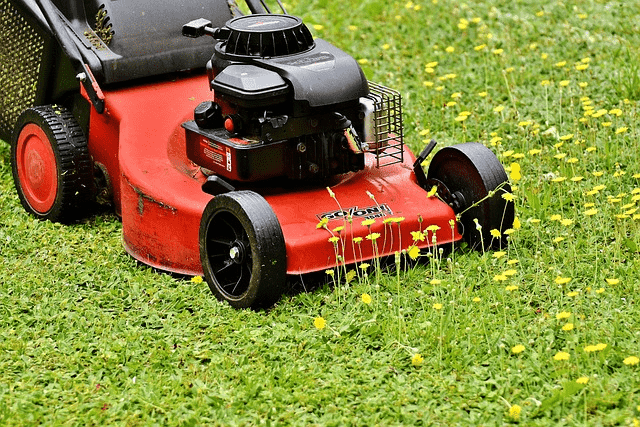
Grass clippings are similar to leaf mulch. It is used mainly in spring or summer when leaves are unavailable. Grass clippings decompose exceptionally quickly, and they are a great type of mulch for most vegetable gardens. Applying it is very easy. You have to sprinkle it around your vegetable plants or bare soil areas. Grass clippings are also a perfect choice for delicate, smaller plants.
7. Cardboard
Cardboard as mulch is unconventional but can be used very effectively. Most of the time, it’s used as a whole sheet, not shredded. It can be a perfect layer between sunlight and weed seeds, so it prevents weeds effectively. When picking cardboard as your mulch, make sure you use chemical-free sheets.
8. Sheep Wool

Sheep wool is a sustainable type of mulch that can provide numerous benefits to your vegetable garden. Wool is used as insulation in other industries, and it’s a perfect choice for hot climates as it can prevent warm soil temperatures. One main benefit of using wool around your plants is that it can help keep pests down. Wool contains lanolin, a natural oil that repels slugs and snails. To use sheep wool as a mulch, lay small pieces around your plant roots.
9. Living plants
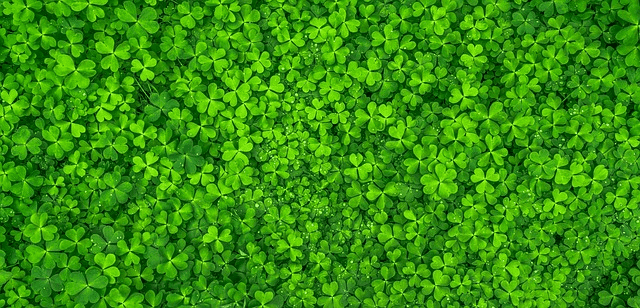
Using living mulch for vegetable gardens can be one of the best ways, but it needs the most expertise. Living plants’ roots pump high-quality juice into the soil. Healthy soil is the most important thing for your vegetable garden; a key component is constantly growing something in the soil. Living plants are feeding your soil. Soil is a complex ecosystem, not just dirt and some organic matter. If you are interested in the Soil Food Web, check out Dr. Elaine Ingham, who has decades of research on this topic.
10. Sawdust
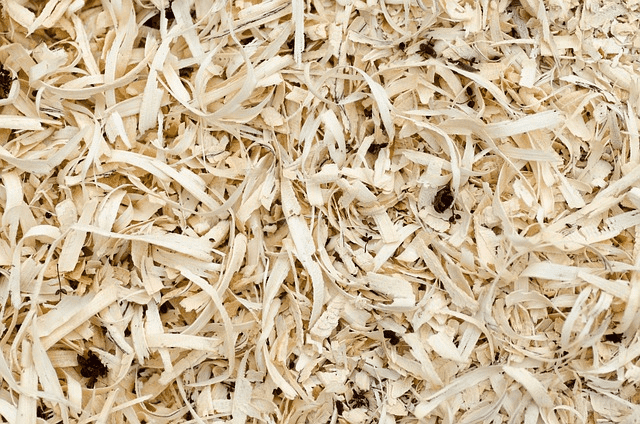
Vegetable garden mulching with sawdust can have its advantages. It can be as fine as grass clippings or thicker, but it breaks down much slower. Since sawdust is primarily light-colored, it can lower soil temperature during hot summer. In sourcing sawdust, you must use untreated and chemical-free material.
11. Pine needles
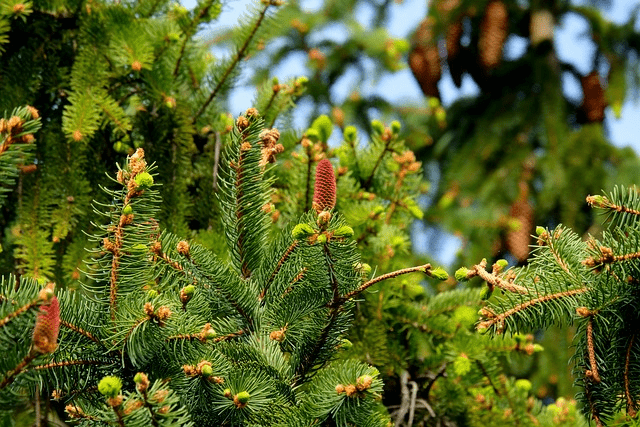
If you have pine needles, you can use them as mulch. A general misconception is that pine needles acidify your soil. It’s only accurate if you bury it, but you should never bury your mulch in your vegetable garden. Used in a 0,5 – 1 inch thick layer, it can control weeds, retain moisture and protect the roots of your plants. Over time it’ll decompose as well as any other organic mulch
Summary
Overall, choosing the right mulch for your home vegetable garden highly depends on what is available in your area. Having a sub-optimal mulch is still better than having none. Try to be creative. Look around and see what is available for free. If you can source your mulch locally, that has the lowest carbon footprint.
You can experiment with different mulch types and check what works best for your situation. Gardening is a never-ending learning process, don’t be afraid to try new things.

